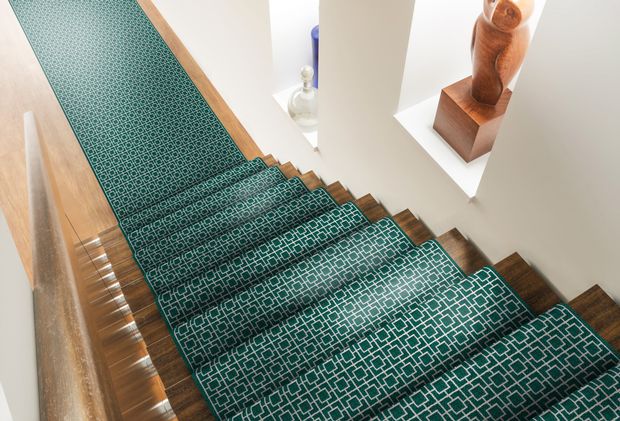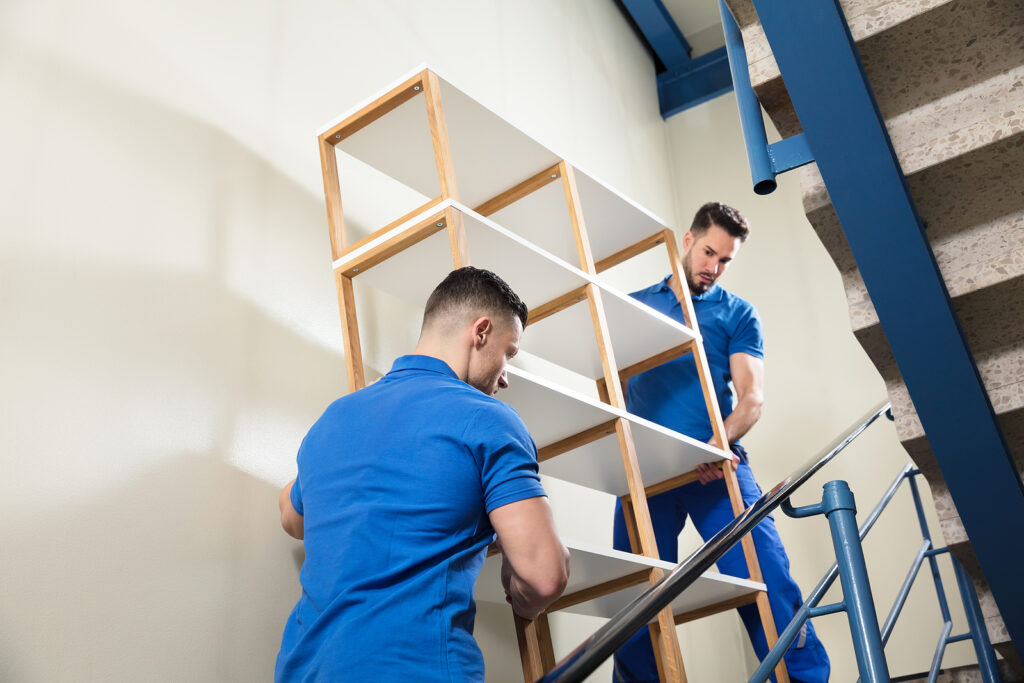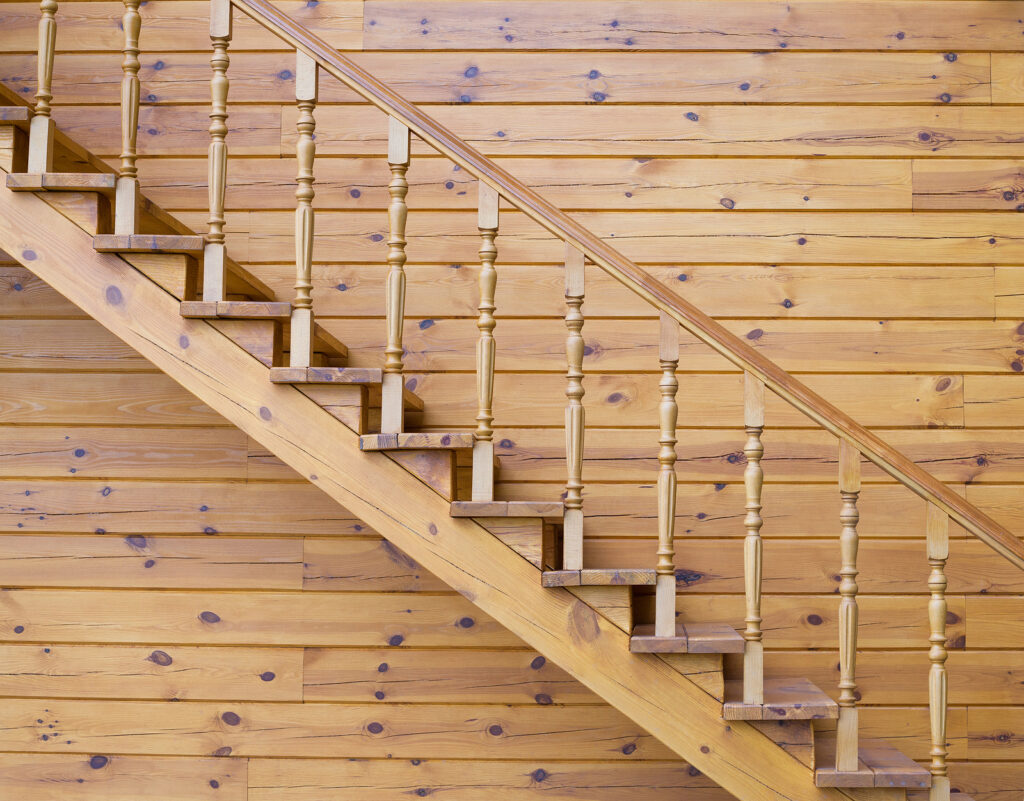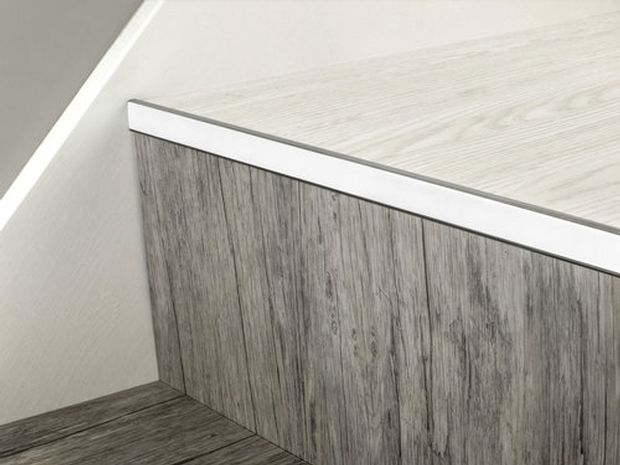Stair Safety Guidelines: Essential Tips for Safe Staircases

Slips, trips and falls on the stairs are one of the most common causes of injury in the home and in the workplace. That’s why it’s so important to ensure your stairs are designed in a way that means they adhere to all health and safety requirements.
As experts in all things staircases and stair accessories, we’ve provided this essential guide for how to reduce the risk of injury from falls on the stairs with stair behaviour tips and stair design guidelines.
General Guidelines For Stair Safety
There are a number of ways you can ensure health and safety on steps and stairs with your behaviour:
- Don’t get distracted: Stay alert to your surroundings when using the stairs. Don’t use your phone until you’ve completed the journey.
- Go carefully: Don’t run or jump while using the stairs, go carefully while making sure your feet have a sufficient foothold on every stair tread. Definitely don’t slide down the bannister, no matter how tempting!
- Check your footwear: Slippers are generally a bad idea on stairs. Make sure whatever you’re wearing on your feet is attached securely. If the stairs in your workplace, for example, aren’t carpeted, ensure that your footwear has good grip and traction to avoid slips.
- Remove trip hazards: Putting objects on your stairs is a big no-no and is one of the most common causes of accidents. Toys, shoes and other objects on both staircases and landings should be removed.
- Hold the handrail: It’s important to hold on to the handrail or bannister wherever possible. All workplaces should have stair railing as part of the building regulations.
Health and Safety While Carrying Down the Stairs

If you’re in a job where you need to carry heavy objects up and down flights of stairs, or if you’re moving or redecorating your house, you need to pay attention to stair safety. Assess your path before embarking and remove any hazards. Invest in proper equipment like a hand truck or a stair climber.
The best practice for carrying objects up and down the stairs is to walk backwards when carrying up the stairs and forwards when carrying down the stairs. A professional should always provide a thorough risk assessment of stairs in the workplace.
How To Implement Stair Safety in Your Home

If you want to know how to make your stairs safe, here are our expert design tips.
Floating Stairs Safety
Floating staircases, or open riser staircases, create unique risks, especially when considering fall-through rates for small children. If your floating staircase is built to the correct building regulations, it won’t have an open riser in excess of 4 inches which should quell any worries you may have.
A floating staircase should also have a graspable handrail. If you’re particularly worried, you can install a bannister shield to ensure maximum safety.
Get carpet covering
Stairs covered with carpeting mean you are less likely to have an accident due to the increased grip carpet fibres provide. If you have hardwood stairs and don’t want to go through the whole carpet installation process, a stair carpet runner is a great way to achieve this safety element with added style. If you do go down this route, it’s important to ensure the secure fixing of the carpet runner with stair rods, stair clips or carpet studs.
Make edges visible
One of the best ways to more visible stair edges is through stair nosing. Stair nosing helps prevent slips and falls by improving grip and making stair edging more visible and therefore harder to miss. They also function to help to prevent wear and tear on the edge of your stairs which could make slippages easier. Read our guide to the different types of stair nosing to decide what’s right for you.

Stair Bannister Safety
A great tip for bannister safety, especially in a house with small children, is a plexiglass bannister guard. This will help prevent children and babies from getting stuck between the railings while also thwarting avid climbers.
Ensure the area is well-lit
If your stairwell is dim then visibility will be down, resulting in an increased risk of slips and falls. Installing lights on the actual stairs is a great way to combat this, especially for enclosed staircases with no access to natural light from windows.
How Our Products Can Help Ensure Stair Safety
We offer a range of premium-quality stair accessories that can help you to enhance the safety of your staircase so that you can rest easy at night. Our range of stair rods, stair clips or carpet studs for securing carpeting all help to ensure that your staircases are safe. We also stock high-performance non-slip rug underlay for any rugs at the top or bottom of smooth floored stairs.
Browse through our impressive selection today to find the best safety accessories for your stairs, or get in touch with our team for any advice.


